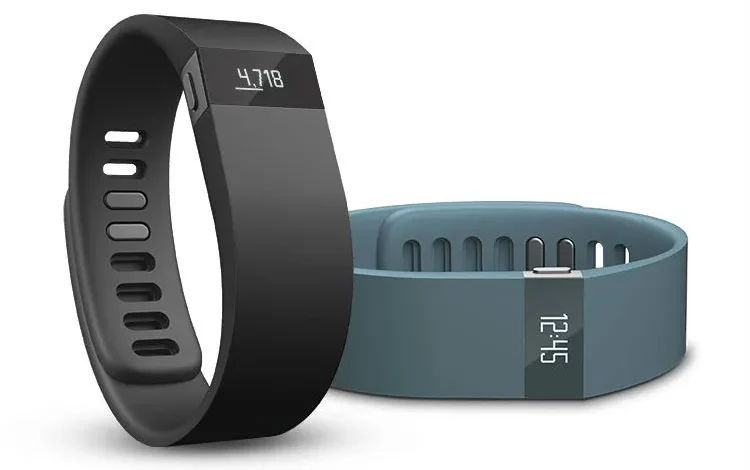Automated Fitness Tracking: Revolutionizing the Way We Monitor Our Workouts

Introduction
The development of automated fitness tracking technology has significantly changed the fitness industry. This ground-breaking method has completely changed how we track and evaluate our workouts, giving us insightful information that has improved our fitness endeavours. In this article, we’ll examine the idea of automated fitness tracking and how it might affect the entire sector.
Advanced Automation and Machine Learning
With the use of cutting-edge automation and machine learning algorithms, automated fitness tracking can intelligently identify and monitor a variety of activities and movements. These systems accurately identify activities like jogging, cycling, and weightlifting without the need of user input thanks to sensors and data analysis. Due to the low level of manual tracking, this level of automation enables people to give their full attention to their workouts.
Real-time Data and Insights
Real-time data and insights are one of the major advantages of automated fitness tracking. These systems give customers immediate data on workout variables like heart rate, caloric burn, distance travelled, and duration. People who have access to such thorough information are better able to set objectives, make educated decisions about their health habits, and keep track of their advancement.
Seamless Integration with Wearable Devices
Automatic fitness tracking via wearable devices has completely altered the way we keep tabs on our workout activity. Smartwatches and fitness trackers can sync up with the tracking systems in an instant, saving time and effort. These wearable devices have in-built sensors that track vital statistics during physical activity, like heart rate, step count, and calorie expenditure. Wearable technology allows people to effortlessly track their fitness levels by syncing and displaying data on their devices. They can now log their workouts in real time and without any errors thanks to the seamless connectivity. Wearable technology makes it easy for consumers to track their progress, monitor their progress towards goals, and make educated decisions about their fitness routines all in one place.
Personalized and Adaptive Workouts
Automated fitness tracking’s capacity to provide individualised and flexible training recommendations is another impressive feature. These devices may analyse individual patterns, strengths, and weaknesses using data gathered from prior workouts to generate customised training schedules. With this individualised approach, people may maximise their progress and performance while getting the most out of their workouts.
Industry-wide Advancements and Competition
Automated fitness tracking has spurred a surge of innovations and industry rivalry. To improve the precision, effectiveness, and user experience of their tracking systems, various businesses are investing in research and development. As a result of this competition, more complex algorithms have been created, enhancing the capabilities of automated fitness tracking and providing advantages to users all over the world.
Conclusion
A new era of data-driven fitness adventures has begun as a result of the transformation of our monitoring and analysis of exercises brought about by automated fitness tracking. This technology has revolutionised the sector with its cutting-edge automation, real-time data and insights, seamless integration with wearables, and tailored workout recommendations. People may anticipate even more cutting-edge solutions that support them in efficiently and successfully achieving their fitness objectives as the capabilities of automated fitness tracking continue to develop.
Read: Changing Fitness Goals on iPhone: A Step-by-Step Guide





